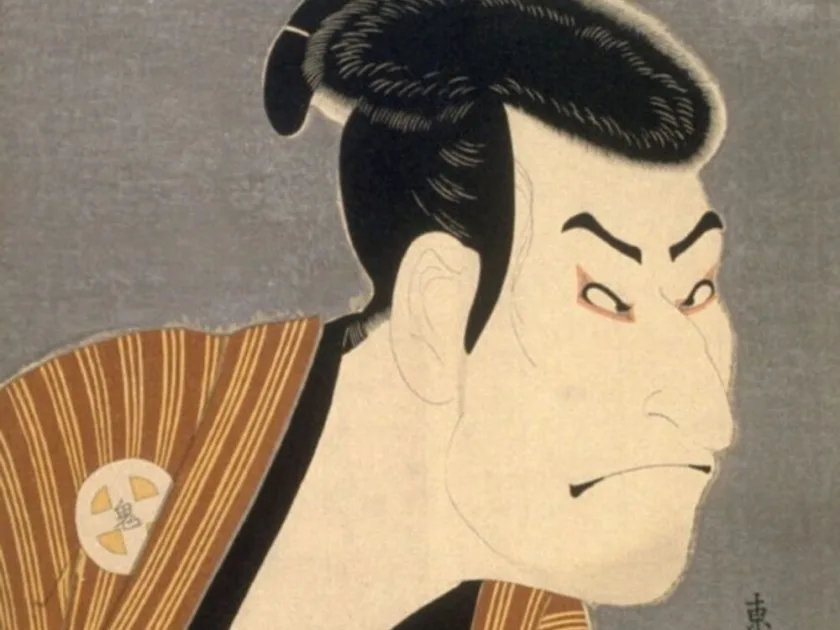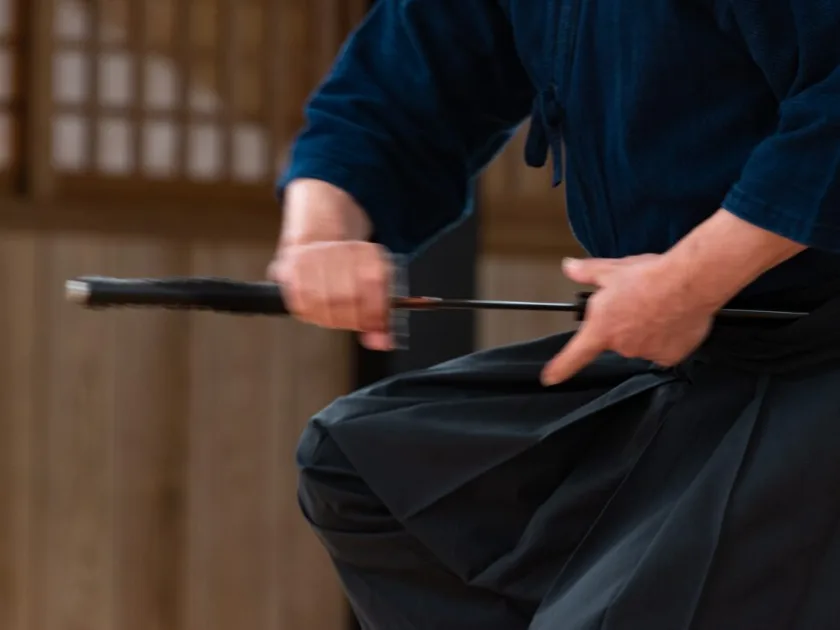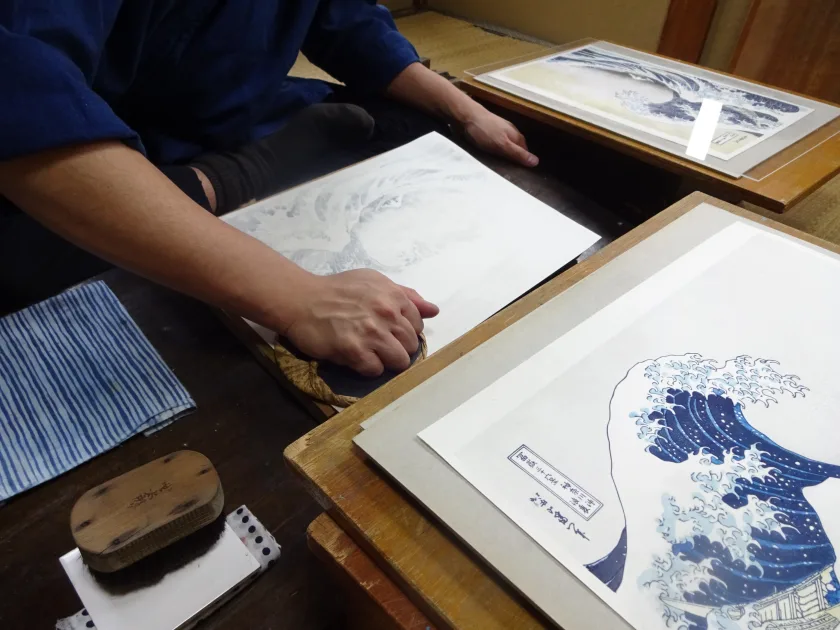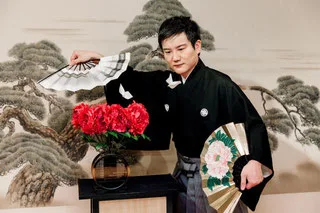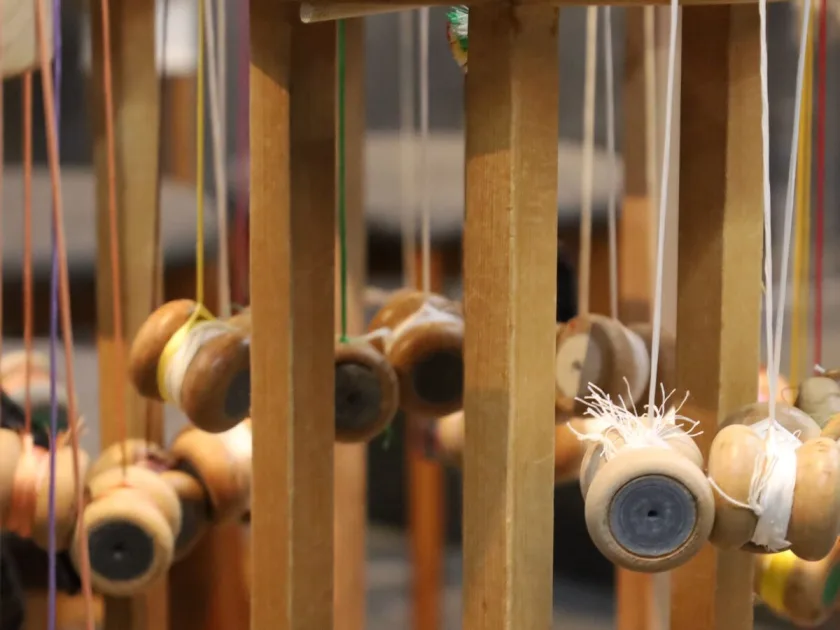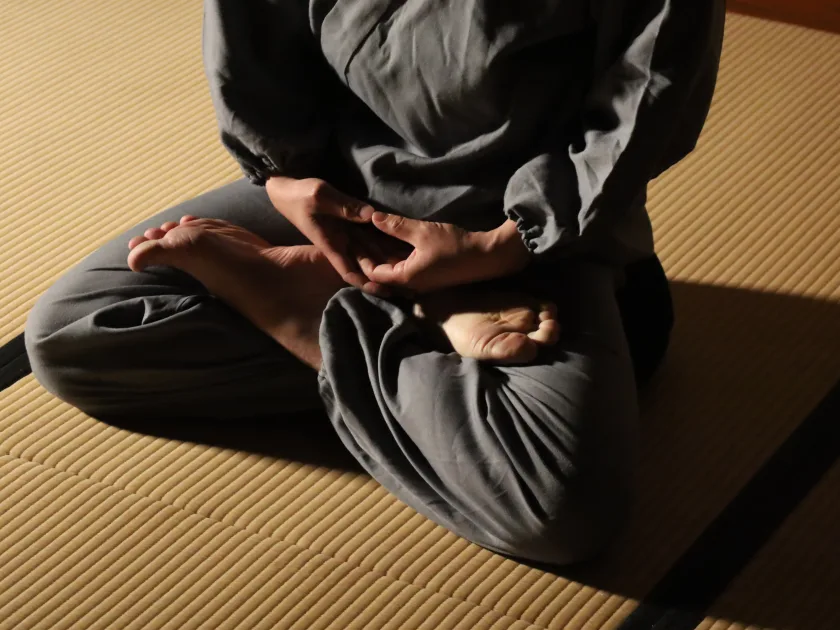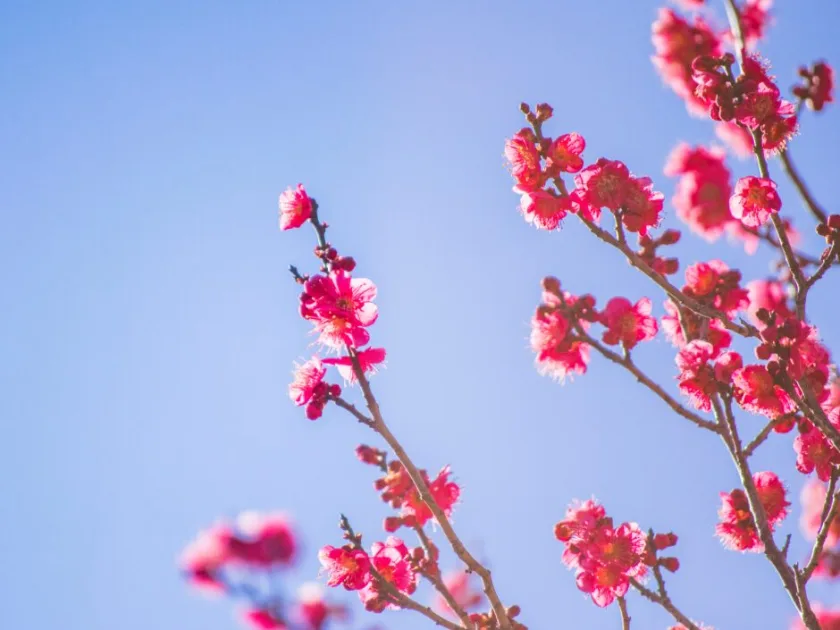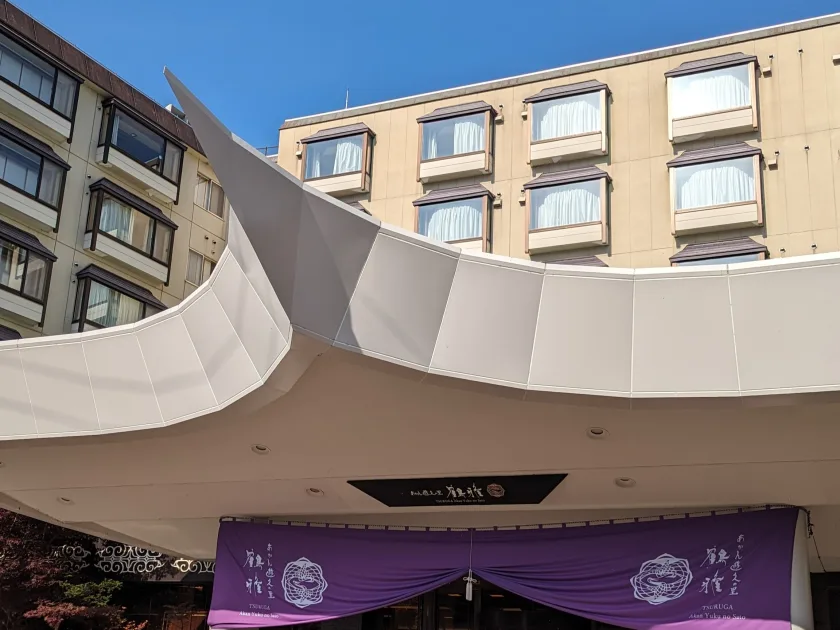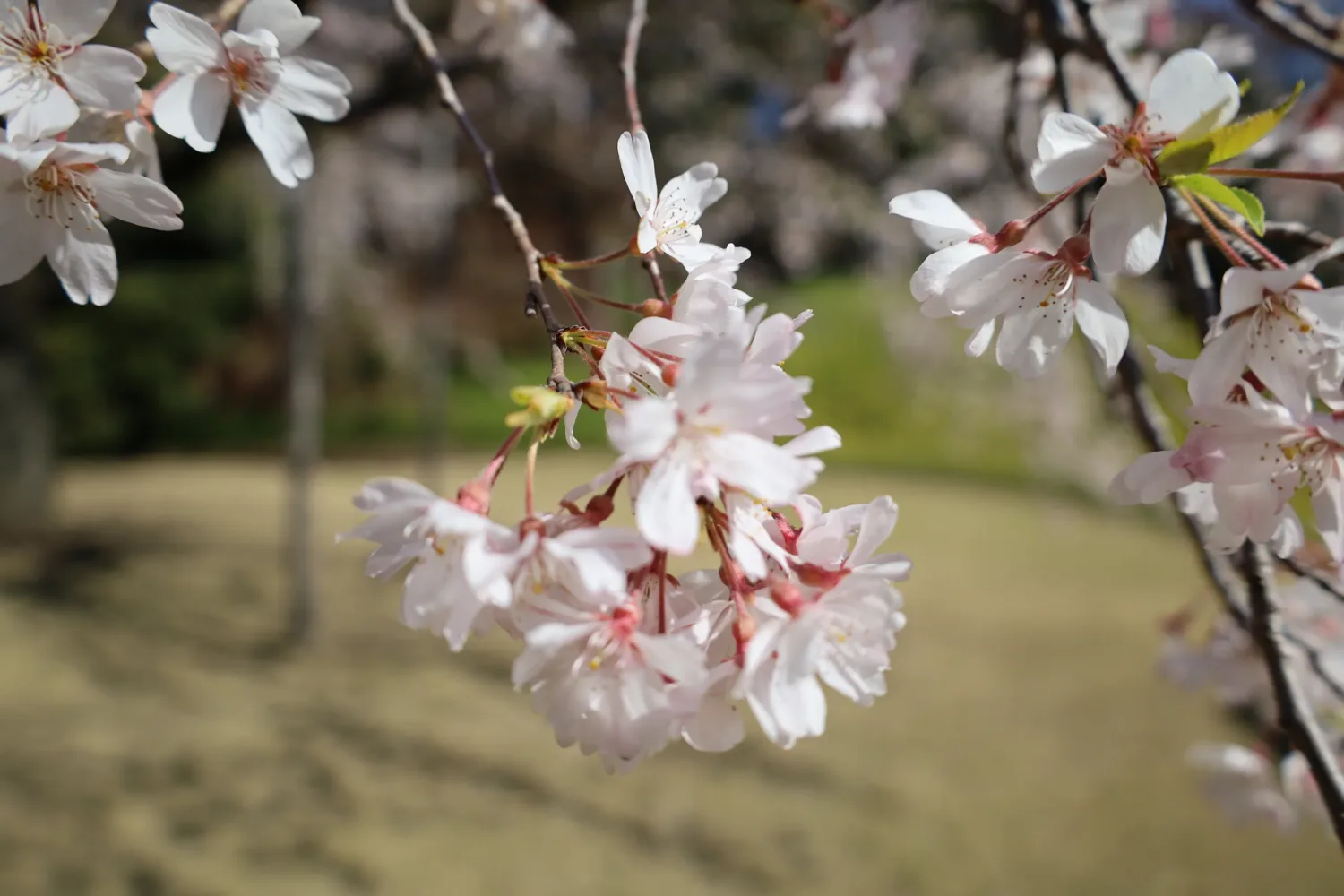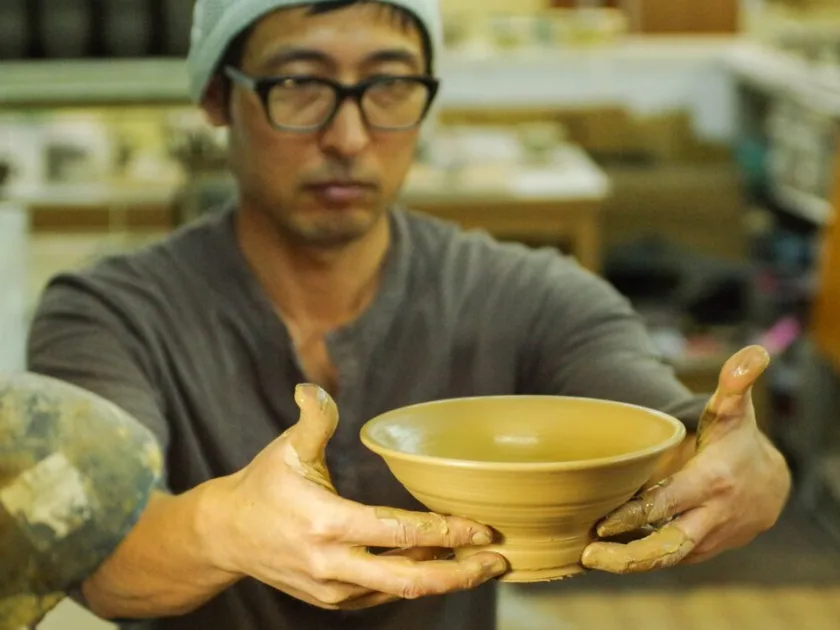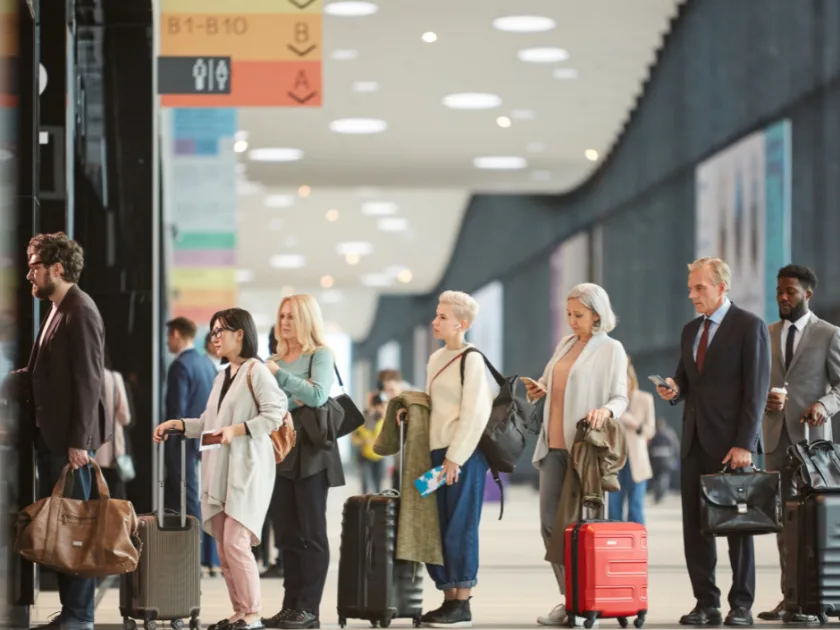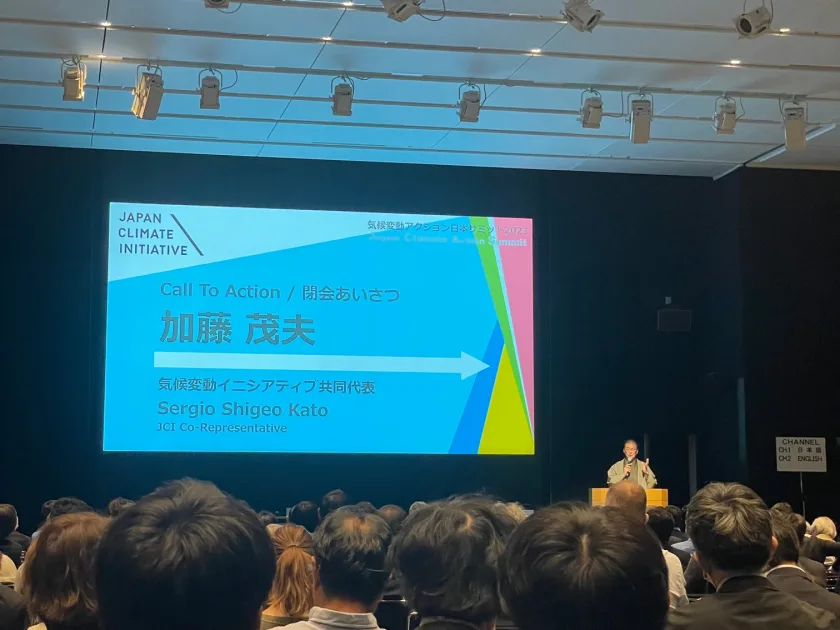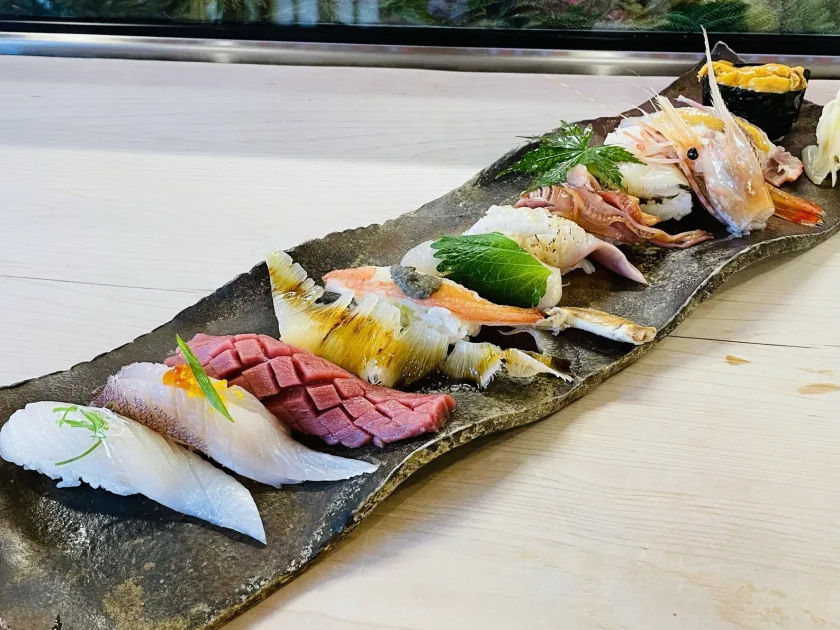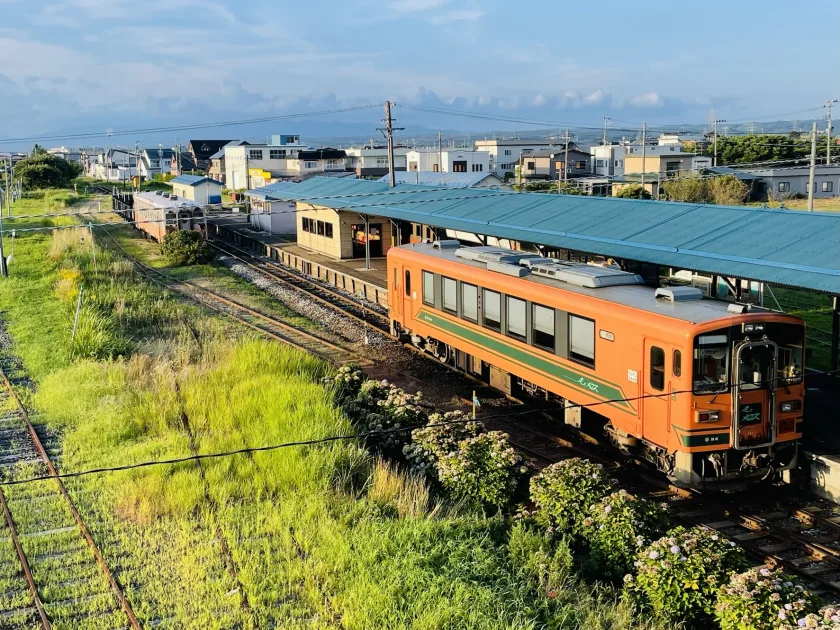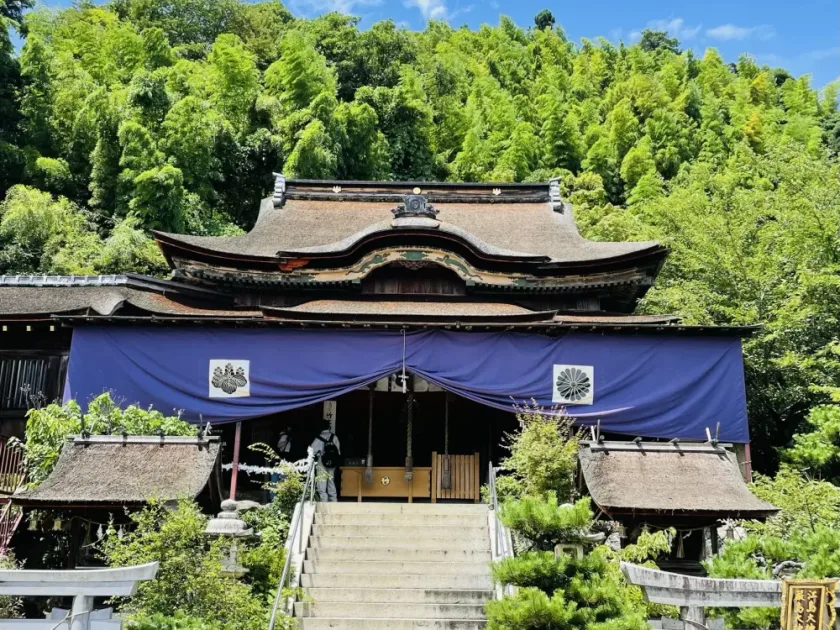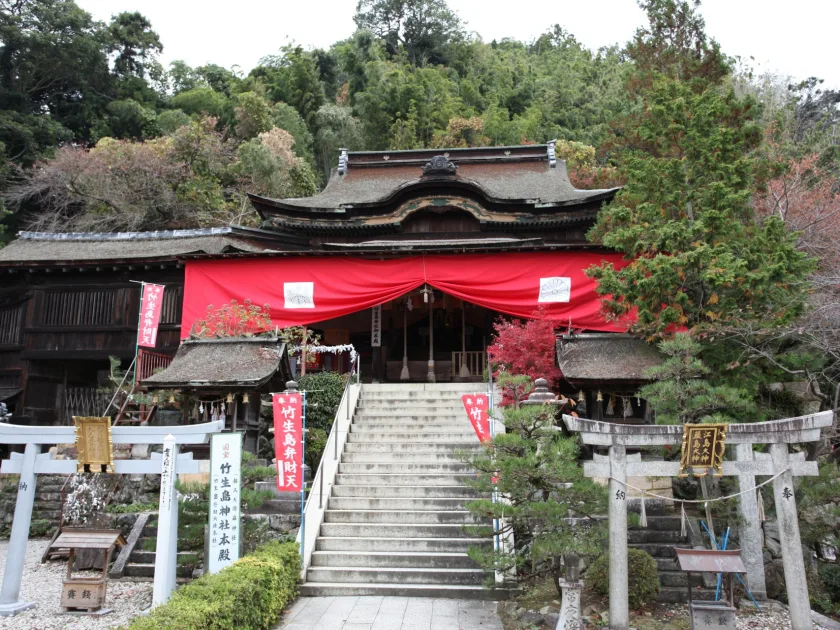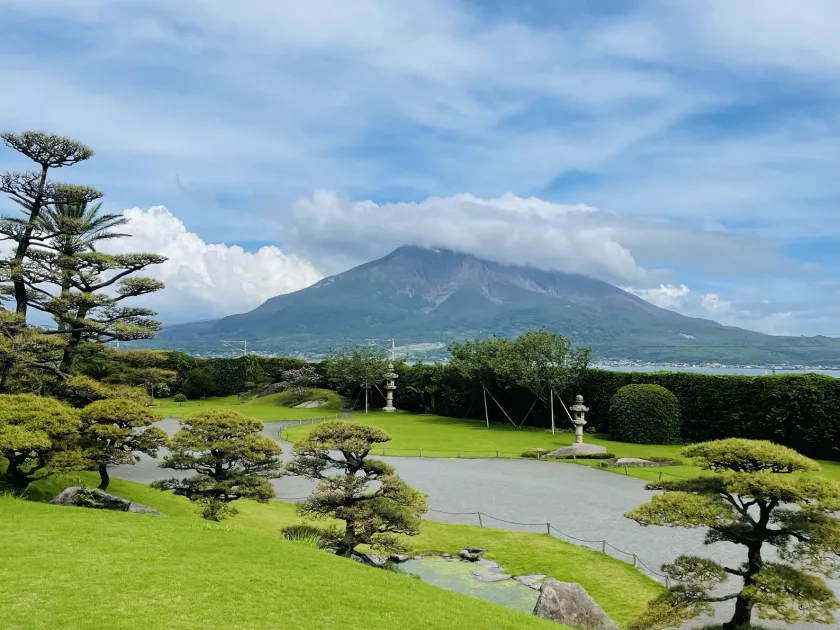Experience Ukiyo-e Making in Tokyo Before It Regains Attention
Experience Ukiyo-e Making in Tokyo Before It Regains Attention I visited the “Edo Woodblock Print: Publisher’s Work” exhibition organized by Takahashi Kobo (March 18th to 20th, 2024). The venue for this exhibition was the former residence of the renowned geisha singer Ichimaru. Takahashi Kobo is the oldest Edo woodblock print studio in Japan, where we offer ukiyo-e printmaking experiences. Established during the Ansei era (1855-1860), Takahashi Kobo (Studio) began as a printing studio and later expanded to include publishing. The “Edo Woodblock Print: Publisher’s Work” exhibition showcased a wide range of prints from the Edo period to contemporary works by modern artists, providing valuable insights. As part of this exhibition, Takahashi Workshop showcased a new initiative by transferring Edo-style art onto small plates made of Hasamiyaki pottery from Nagasaki Prefecture. Unfortunately, photography was not allowed, so I cannot share images of these remarkable works. I recommend visiting the exhibition in person to appreciate them fully. Edo woodblock printing is a unique Japanese technique involving multi-colored woodblock printing. It became popular as affordable prints for the common people during the Edo period, establishing the technique’s cultural significance. Edo woodblock printing involves a collaborative effort among four artisans: the painters (Eshi) who

